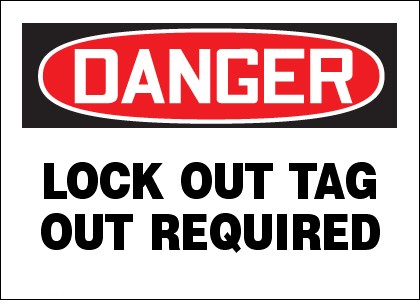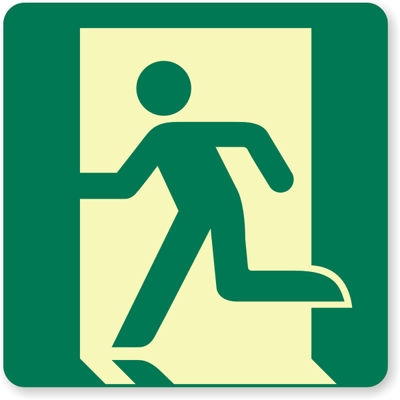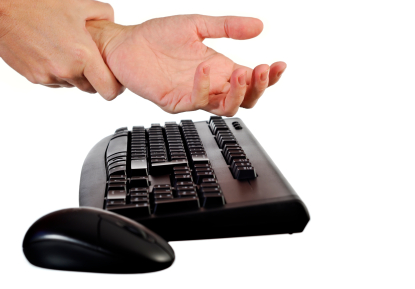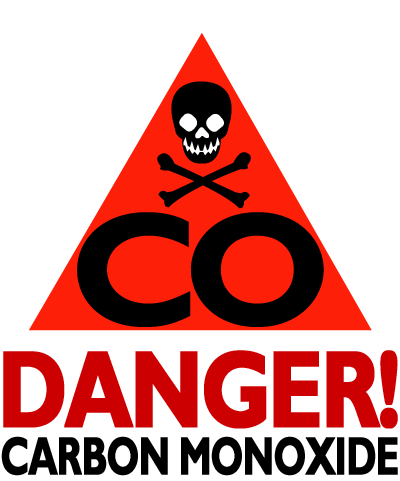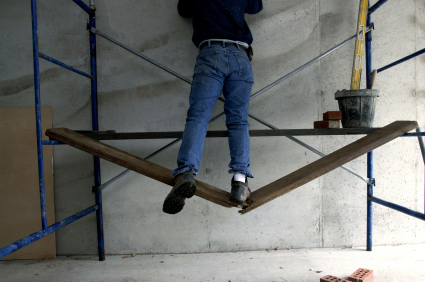 Behaviors have always had a role in safety dating back to prehistoric times, and they always will. Behaviors were the primary, and sometimes only, tools for survival, remaining today as the last tool when all else fails. When in an environment you do not control or when you lack the right tools or systems fail, it is up to you to behave in a manner for self-preservation. This is popularized with the common statement, “You are the one responsible for your safety.” This is not ideal; it is, however, reality.
Behaviors have always had a role in safety dating back to prehistoric times, and they always will. Behaviors were the primary, and sometimes only, tools for survival, remaining today as the last tool when all else fails. When in an environment you do not control or when you lack the right tools or systems fail, it is up to you to behave in a manner for self-preservation. This is popularized with the common statement, “You are the one responsible for your safety.” This is not ideal; it is, however, reality.
via Understanding the Roles of Behavior in Safety — Occupational Health & Safety.

